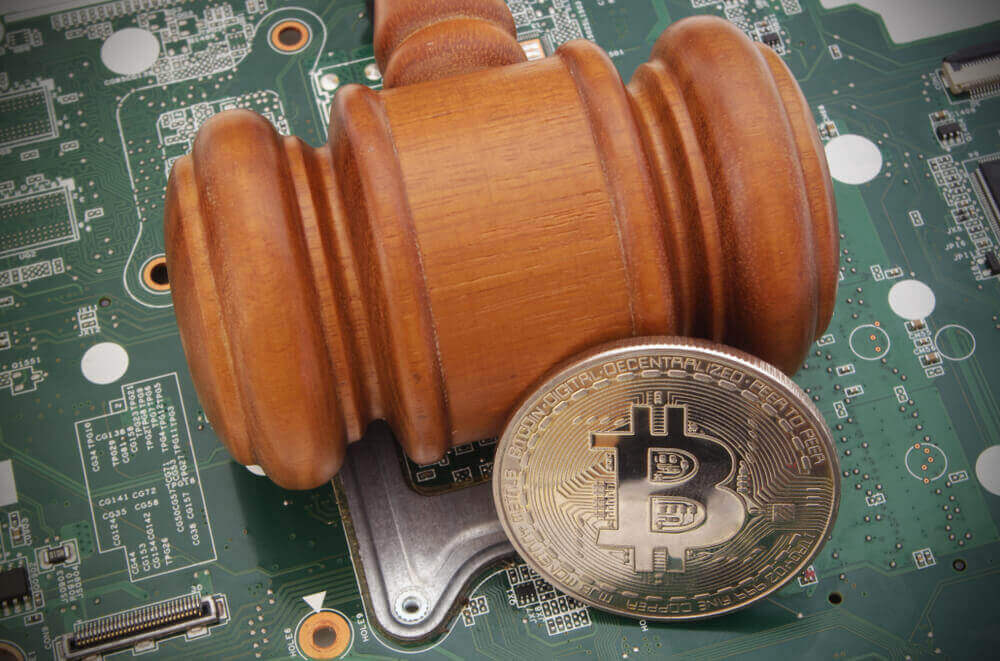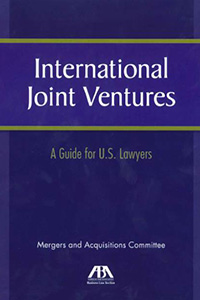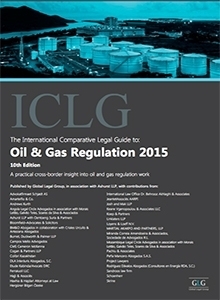Two decades of the electronic commerce law in Colombia

Since 1999, Colombia adopted the United Nations (UNCITRAL) model to regulate Electronic Commerce. In 1999, the strength of digitality in society, in the economy and in the transformation of the State was barely discernible. For the law, achieving an interaction with technology was not an easy task either. We were close to the explosion of the dotcom bubble but there was still a time of optimism and expectation about the impact of the Internet on the world. In 2019, the commercial activities by electronic means have been developed and increased in volume of transactions but there is still an important growth potential.

The agenda of many international organizations such as WIPO, UNCTAD, OECD, WTO, among others, had as its horizon the new information technologies. The United Nations Commission for International Trade Law, UNCITRAL, led work at the international level, within the United Nations, on matters that were known as relevant: electronic commerce, contracts by digital means, the validity and effectiveness of the information packaged into data messages and the methods of authentication and integrity in that new environment.
Both the Electronic Commerce Model Law of 1996 and the Model Law of Electronic Signatures of 2001 materialize a normative corpus that was offered to the world under the model of uniform law with an international vocation. With Law 527 some aspects of B2B relations were regulated and then with Law 1480 of 2011, Consumer Statute, the duties, obligations and rights of consumers and e-commerce providers in B2C transactions were determined
Today, Colombia commemorates twenty years of having accepted this model in its legal system and it is time to make a preliminary assessment of its relevance, its application and its expansion in the daily life of legal operators and of course businessmen and merchants of the digital world.
There are no perfect norms nor ideal regulatory models but it is true that the UNCITRAL Electronic Commerce model has been adopted by many countries and has not required notable adjustments in its essence thanks to the virtues of planning, serious study and vision of the future.
PRINCIPLES AND RULES SET FORTH IN THE LAW 527
Achieving a normative consensus on an international scale requires an adequate balance between the general and the detail. It is not possible to harmonize a legal topic without understanding that the current world requires a convergence between normative systems with diverse legal traditions.
Law 527 of 1999 groups together a series of principles and rules of the UNCITRAL e-commerce legal model that did not exist in the private law of Colombia and that appear as bridges or communicating vessels between the analogue and the digital landscape. This relationship between the immaterial and the physical synthesizes the interdependence between technological change and normative advancement.
The legal functions equivalence principle allows to have validity, effectiveness and authenticity between documents, contracts and in general between information by electronic and digital means. This principle stands out as the backbone of the legal construction that allows carrying out activities with legal connotation by means other than traditional means.
Not only in Law 527 but throughout the Colombian legal system has that equivalence been extended. Beyond private relations, the points of intersection have reached the public procurement law, the notarial and registry of property functions, the judicial procedures and digital public services and e-government. Sometimes expressly and repeatedly in a standard or with a reference consistent with Law 527 of 1999. That wording of the Model Law and Law 527 aimed at not denying legal effects or binding force to a data message by the mere fact of being in that format has been recognized by the Courts and is part of Colombian case law in multiple cases.
The Colombian Constitutional Court itself confirmed that legal principles included e-commerce law applies to any legal relations carried out through data messages. The rules of Law 527 of 1999 have shown coherence with the principle of technological neutrality as they have evolved in application of technological advances in instant messaging or in Blockchain schemes without having to modify their philosophy or interpretative application. The predominance of a technology brand in the market, of one operating system or another or of an ephemeral or lasting technological paradigm has not affected the principles and rules of Law 527 of 1999.
Like all legal instruments issued by UNCITRAL (for instance the New York Convention for Arbitral Sentences), the e-commerce model is entrusted that its interpretation has a markedly international character, nurturing the doctrine and national jurisprudence of a plurality of sources that enrich the debate and its uniform application on a global scale.

NEW CATEGORIES AND LEGAL INNOVATION INTRODUCED BY LAW 527
Currently reference is made to legal innovation and legaltech schemas and the example of the UNCITRAL Model Laws that guaranteed a disruptive regulatory transformation of legal systems on a global scale must not be lost sight of.
Law 527 of 1999 incorporated into our legal system new concepts: data messages, the electronic contract, the principles of electronic commerce, electronic and digital signatures as well as digital certification entities. All these new categories aimed at recognizing the transformation in the signature and contractual content, the validity and legal effectiveness of digital information, the new interpretation of dematerialized legal relationships as well as providing methods of authenticity and integrity to transactions and exchanges by electronic media.
With the regulation model of Electronic Commerce, the law began an era of experimentation and transformation to recognize the growing importance of cyberspace and the digital environment. The Internet revolution constituted at the end of the previous century one of the unprecedented challenges and in which the traditional legal solutions of ancient rights did not necessarily serve as valid or complete references.
The new models of doing business by electronic means find in Law 527 of 1999 the backdrop and the legal basis that allows its operation but above all that valid and gives legal effectiveness to the growing dematerialized activity. Electronic contracting finds support in its formation and execution. The offer and commercial acceptance by electronic means with validity generating relevant legal relationships. Connected objects are linked by data messages. Smart contract algorithms develop electronic contracting with automated execution. Virtual assistants interact with other information systems or with the human beings they support through data messages.
THE FUTURE AND THE PROSPECTIVE OF LAW 527 OF 1999
Law 527 has a connotation of structural and basic norm that has the vocation to endure. Both the rules and principles and the legal categories created by this Law allow us to predict their permanence, however there are several challenges in the future:
- A. Its adaptation to technological changes, in the market and in society that introduce emerging and disruptive technologies
- B. Its greatest diffusion and application in countries that are just taking steps in the digital transformation of companies and the public sector.
- C. The deepening of electronic commerce as a complete transaction from the digital commercial offer to the payment and the electronic invoice that oblige to complement the Law with other subjects proper to that complete cycle of commercial activity.
D. The consolidation of the cross-border electronic commerce in its legal interpretation that recognizes the validity, existence and legal security as in the local landscape.

International Joint Ventures (2013)


